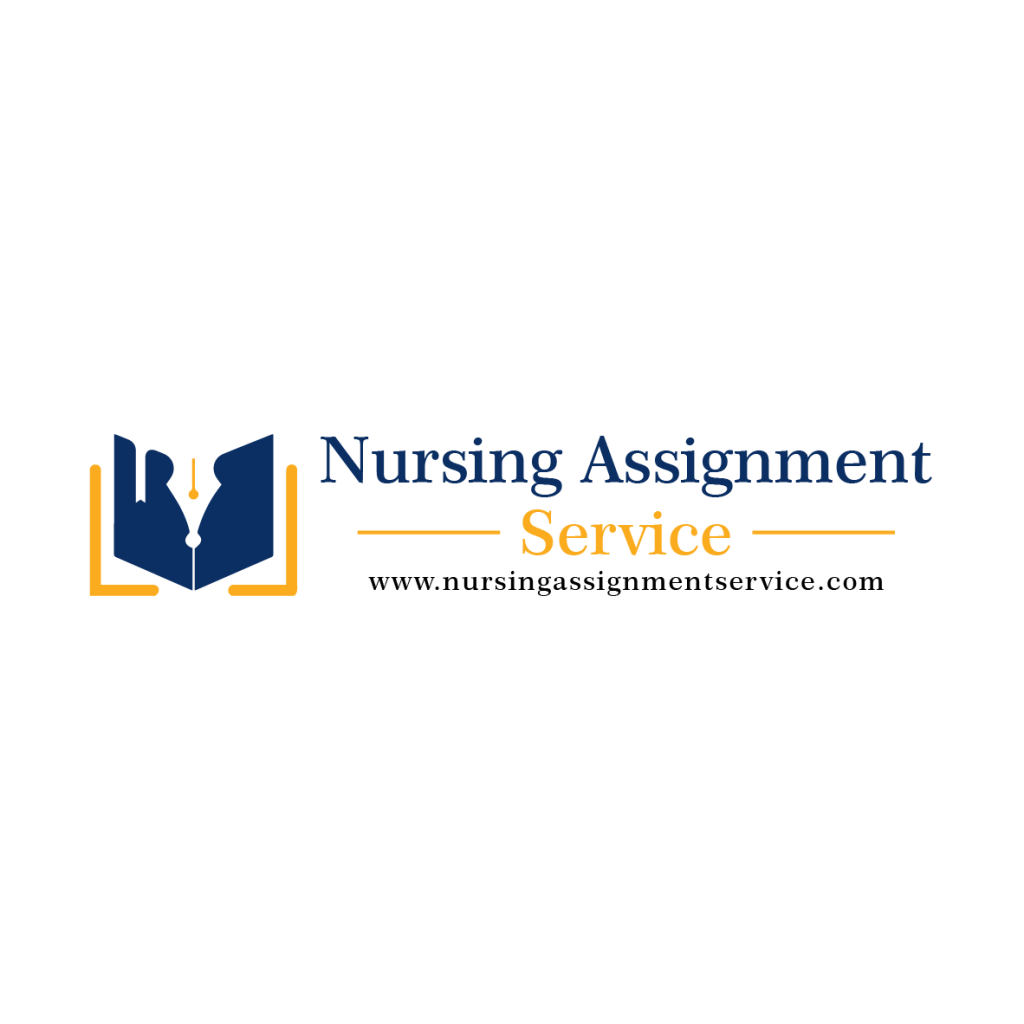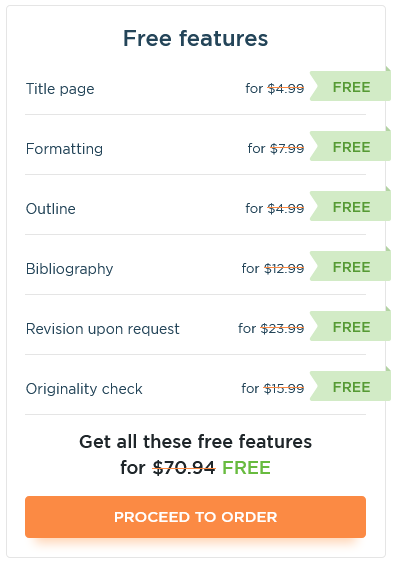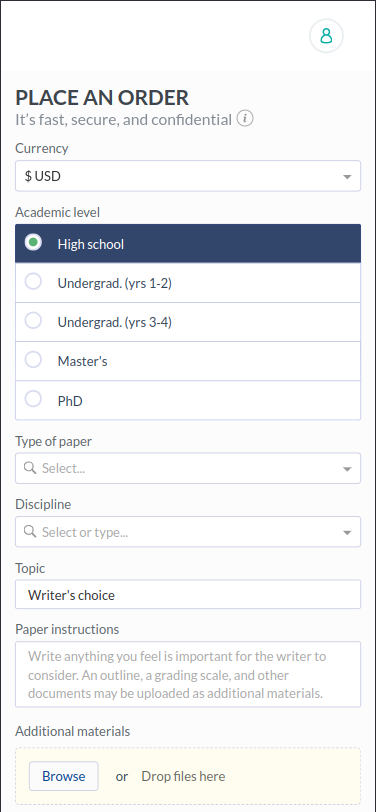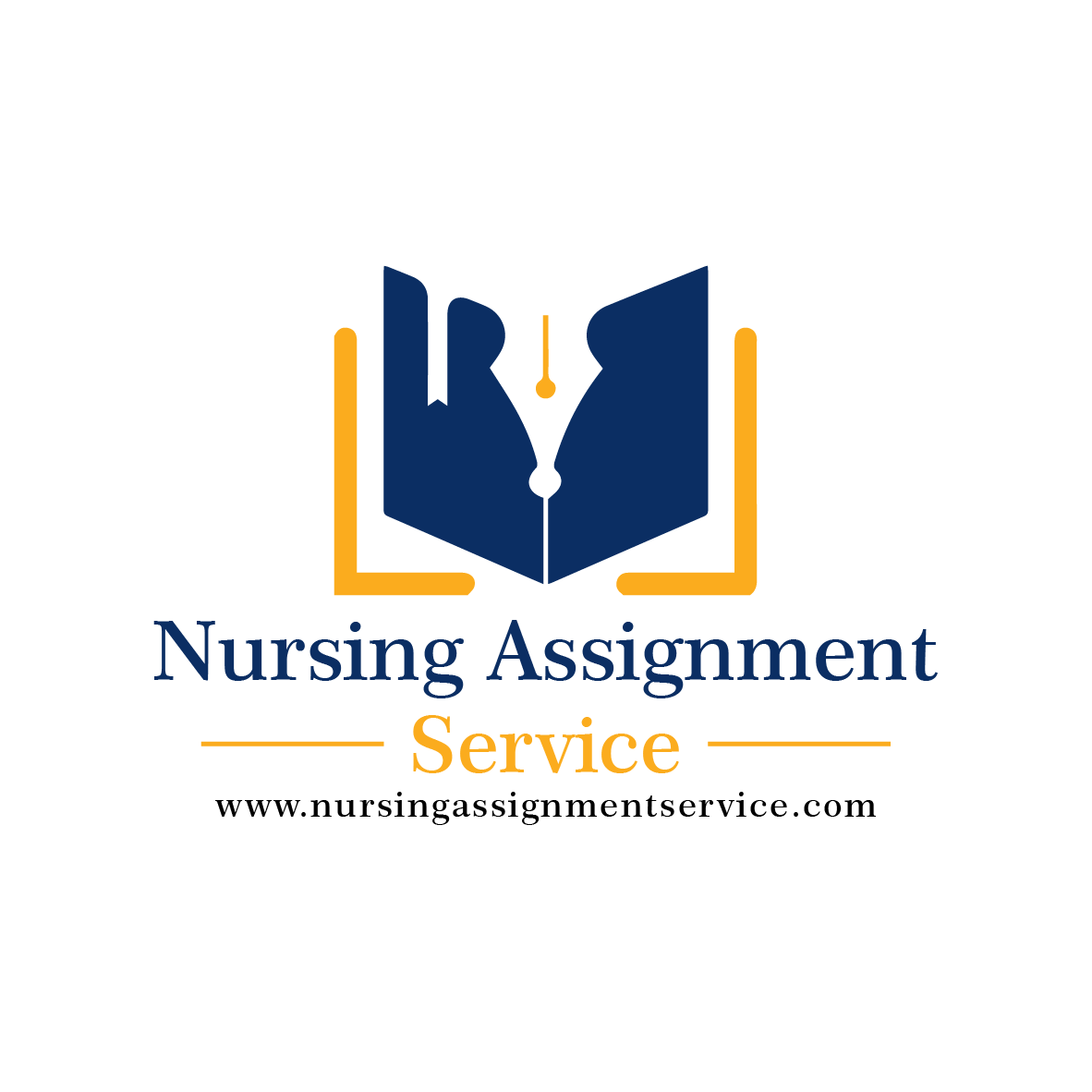Documenting patient encounters and care through Subjective, Objective, Assessment, and Plan (SOAP) notes is one of the most critical parts of nursing. The SOAP notes offer a structured approach to capturing patient information and are indispensable in the world of nursing. Writing clear and effective SOAP notes in nursing is a skill that requires immense effort and time, and that is where we come in.

We, nursingassignmentservice.com help nurses come up with SOAP notes. Our team of experienced nursing professionals craft effective SOAP notes that capture patient encounters. With our resources and expertise, nurses will excel in their SOAP notes without breaking the bank.
What are SOAP notes?

SOAP is an acronym for Subjective, Objective, Assessment, and Plan. SOAP notes are used to document patient encounters in an organized way to allow nurses to record information accurately. These notes are used to communicate with healthcare team members and also serve as a vital tool for tracking patient progress, treatment plans, and outcomes.
Function and Components of a SOAP note
A nursing SOAP note’s main objective is to enable doctors to continuously and systematically record patient interactions. Symptoms, care, and reaction to therapy are all documented in these notes, which aid medical teams in monitoring the condition of their patients. All clinicians may access a single location where test results, vital signs, patient status updates, and treatment plan modifications are conveniently tracked.
Abbreviations commonly used in SOAP notes
As stated SOAP is an initial for Subjective, Objective, Assessment, and Plan, let us learn the meaning of the acronym.
Subjective
This is the information that the patient provides at the start. The information comprises the following:
1. Chief Complaint (CC)
The CC is the problem reported by the patient. However, this might not be the primary issue afflicting them, which is why doctors and nurses must advocate for patients to gather all the necessary information to pinpoint the most significant problem. The CC is mostly the title, summarising what the whole document entails.
2. History of present ailment
The history of the present ailment begins with a line that includes the patient’s information, including his/her age and sex. In this section, the patient elaborates more on their conditions. The information can be gathered using the acronym OPQRST
- Onset: When did the symptoms begin?
- Provoking factors.
- Quality of the patient’s symptoms.
- The region of the body is affected.
- The severity of the patient’s symptoms.
- Time: how long have the symptoms been going for.
3. History
This is the medical history of the patient. This may be any surgical history.
Objective
This is the record of what the nurse observes, hears, feels, and sees during patient assessment. This includes vital signs, laboratory data, physical exam findings, imaging results, and other diagnostic information.
Assessment
After obtaining the patient’s symptoms and history information, the nurse should do the assessment. Ensure that if the patient is presenting new symptoms, a comprehensive differential diagnosis is included. Strive to encompass two to three potential assessments.
Plan
This part outlines the necessity for further testing and collaboration with other medical professionals to manage the patient’s condition. It also discusses any supplementary measures being implemented to care for the patient. This section assists upcoming physicians in comprehending the next course of action.
Reasons nurse practitioners’ chart
A nurse practitioner’s chart is an attributes control chart used with data collected in subgroups that are the same size to show how the process changes over time. The main reasons why nurse practitioners’ chart are to improve mental clarity, increase motivation and motivation, run on time during the day, and trump patient satisfaction.
Examples of SOAP Notes
Here are examples of a SOAP note:
Example 1:
Subjective
Chief complaint and history of present ailment: A 55-year-old male presents to the clinic for a 3-month follow-up of hypertension and hyperlipidemia. Taking lisinopril 10mg daily and tolerating well. Home blood pressure 121/80. Reports improvement of low-carb, low-fat diet. Exercising 30 minutes 4 times a week.
Past medical history: Hypertension
Allergies: Dust
Medications: Lisinopril 10 mg daily, atorvastatin 20mg daily
Review of systems:
CONSTITUTIONAL: No fever or chills. No weight loss or weight gain.
EYES: No blurred or double vision.
CARDIOVASCULAR: No chest pain, shortness of breath, or palpitations. No peripheral edema.
RESPIRATORY: Denies shortness of breath or difficulty breathing. Denies cough.
GASTROINTESTINAL: Denies abdominal pain. No nausea or vomiting. Denies diarrhea or constipation.
MUSCULOSKELETAL: Slight muscle pain. Denies swelling or redness of joints.
INTEGUMENTARY: Slight itching. Denies wounds or lesions.
Objective
Vital signs– Temp: 96.1 F, HR 68 bpm, BP 116/72, RR 15 resp/min, O2 sat 96% on room air
Exam:
CONSTITUTIONAL: This is a well-developed, well-nourished, adult male. No acute distress.
NEUROLOGICAL: Patient alert, orientated, and memory intact.
LUNGS: Respirations even and unlabored, chest expansion symmetrical. Lung sounds clear in all lobes, no wheezing, crackles, or adventitious breath sounds.
HEART: Rate and rhythm regular. No cardiac murmur, click, or rub noted.
ABDOMEN: Soft, nontender. Bowel sounds active in all four quadrants.
MUSCULOSKELETAL/EXTREMITIES: Extremities are intact, and no redness or edema was noted of the upper or lower extremities.
INTEGUMENTARY: Skin pink, dry, warm to touch. No rash or lesions were noted on visible skin.
PSYCHOSOCIAL: Calm and cooperative, interact appropriately with staff.
Diagnostic test:
Fasting lipid panel: Total cholesterol 160, triglycerides 130, HDL 60, LDL 80
Assessment
Essential hypertension- controlled
Hyperlipidemia- controlled
Plan
Lipid panel stable. Blood pressure at goal. Refills of lisinopril 10mg daily and atorvastatin 20mg daily were sent to the Pharm Pharmacy. We discussed the DASH diet and the importance of exercise for the management of HTN and hyperlipidemia. Follow-up in 6 months or sooner if needed. The patient verbalizes understanding regarding the plan of care and all questions are answered.
Example 2
Subjective
Chief complaint and History of present illness: A 32-year-old female presents to the clinic with complaints of right elbow pain. The patient was playing basketball when she fell on her elbow. Reports 10/10, sharp pain. Denies numbness or tingling. Swelling and bruising but no open wounds. The event occurred 35 minutes before the presentation to the clinic and unable to take OTC analgesics.
Past medical history: No past medical history
Allergies: NKDA
Medications: No current home medications
Review of systems:
As noted in HPI.
Objective
Vital signs– Temp: 94.1 F, HR 85 bpm, BP 116/83, RR 15 resp/min, O2 sat 96% on room air
Exam:
CONSTITUTIONAL: This is a well-developed, well-nourished, adult female.
NEUROLOGICAL: Patient alert, orientated, and memory intact. Dull and sharp sensation to bilateral feet present and equal bilaterally.
LUNGS: Respirations even and unlabored, chest expansion symmetrical.
MUSCULOSKELETAL/EXTREMITIES: Extremities are intact. Swelling and tenderness to the right elbow. Mild joint instability was noted with a passive range of motion of the right elbow. Cap refill less than 6 seconds.
INTEGUMENTARY: Skin pink, dry, warm to touch. Ecchymosis to right elbow. No open wounds were noted.
PSYCHOSOCIAL: The patient is cooperative and interacts appropriately with staff.
Diagnostic test:
X-ray of the right elbow: Normal bone alignment. No sign of acute fracture. Read by myself.
Assessment
Left ankle Grade 2 sprain
Plan
Ankle wrapped with Ace bandage and patient fitted for air cast splint. Instructed the patient to rest for two weeks, then activity as tolerated. Ice, and elevate as much as possible. Take Tylenol and ibuprofen for pain. Follow-up for worsening or persistent symptoms.
Issues of Concern when writing a SOAP note
There has been debate on how medical notes should be written. While the order, SOAP, is mostly used, some say it is possible to change the order. The acronym can be rearranged into APSO, Assessment, Plan, Subjective, and Objective. This can be most effective in providing the information on the patients’ most relevant information concerning the ongoing care, thus reducing the time required by the nurse to find the assessment and plan.
Some studies have shown that the order APSO is better in terms of accuracy and speed than the primarily used order, SOAP. The order SOAP has a major flaw in that it cannot record changes that occur over time, which is problematic because many clinical situations change over time.
SOAP note clinical significance and purpose
SOAP notes are significantly vital in documenting the patient’s medical conditions. Technical advancements have seen SOAP notes advance over the years. They are not recorded as they used to because nurses now do it electronically. But there is a catch! Electronic documentation can burden nurses if the data is not useful. This is why it is important to document the important information.
Disadvantages of nursing soap notes

Just like how every rose has its thorns, SOAP notes have their disadvantages. The main disadvantages are:
1. Patients might present multiple concerns that require attention.
The SOAP order mainly focuses on one chief complaint but a patient may have several complaints. As one problem or concern is addressed or fixed, the emphasis in the SOAP note might shift, causing potential confusion.
2. The format of the nursing note with SOAP order is often questioned by many nurses and healthcare providers.
Many nurses argue that the SOAP order should be changed to APSO. even though the contents are the same, APSO makes it easier for nurses to navigate through the patient’s information faster and easier.
Differences between a nursing soap note and a nursing progress note
However, how nursing SOAP notes and nursing progress notes are used interchangeably, there are some differences between the two. Progress notes are commonly used during the first patient interaction and consist of histories, physicals, and SOAP notes. SOAP nursing notes adhere to the subjective, objective, assessment, and planning format, enabling nurses to record ongoing patient encounters in a structured manner.
Does nursingassignmentservice help on how to write SOAP progressive notes?
We at nursingassignmentservice offer valuable assistance to nurses in crafting progressive SOAP motes. Our platform provides expert guides and resources on formulating progressive and accurate SOAP notes. Visit our website today to acquire skills in writing SOAP notes that reflect the patients’ care and improvements over time.
Why choose nursingassignmentservice for your Soap notes nursing assignment help?
Nursingassignmentservice is your one-stop platform for help with all your SOAP notes nursing assignments. Our experts have the skills to formulate accurate and precise SOAP notes and offer customized support for each client. Our platform guarantees you high-quality papers to help you ace your assignments.
Does our writing service guarantee you the perfect nursing SOAP note-writing?
Our affordable pricing, quality papers, and timely delivery guarantee you the perfect nursing SOAP note-writing. Our services are reliable and reputable and are the best choice for students and nurses seeking help with SOAP notes. We focus on your excellence.
Why you should trust us with your online nursing class help
Our expertise and experience are unmatched by any other company in the market. Our team is comprised of nursing professionals who have the skills necessary to help you ace your nursing assignments. Our services are also reliable and trustworthy. In our years of service, we have kept a track record of delivering high-quality assistance to nurses and nursing students.
What are other services offered by nursingassignmentservice?
At nursingassignmentservice, we offer numerous services. Our team provides comprehensive assistance for nursing essays, ensuring that the content is well-structured and easy to understand. We conduct thorough research to ensure that your essay meets academic standards.
Our nursing professionals can assist you in creating personalized care plans tailored to your specific needs. By carefully analyzing patient data, we identify the most appropriate nursing interventions and ensure that our care plans are thorough and based on evidence-based practices.
Navigating nursing research and crafting research papers can be challenging. Our experts are available to guide you through the research process, assist with data analysis, and ensure that your research papers maintain integrity while contributing to the nursing field.
When it comes to nursing case studies, our team is here to help. We are prepared to dissect complex scenarios, provide solutions, and demonstrate critical thinking skills to showcase your understanding of nursing concepts.
FAQS for SOAP notes nursing
How to write nursing SOAP notes in less time? The secret to writing SOAP notes in less time is being specific and concise.
What happens if you fail to write a SOAP nursing note? If a patient suffers from harm, it can be proven that it was due to failure to write a SOAP note.
What date should be included in a SOAP nursing note? The date to be included in a SOAP note is the date on which the note is being documented.
Mastering the art of writing SOAP notes is essential for nurses. For nurses seeking to elevate their SOAP note-writing abilities, nursingassignmentservice.com is the place for you. Our team of experts is always ready to take on your work and ensure you excel in your assignments.




